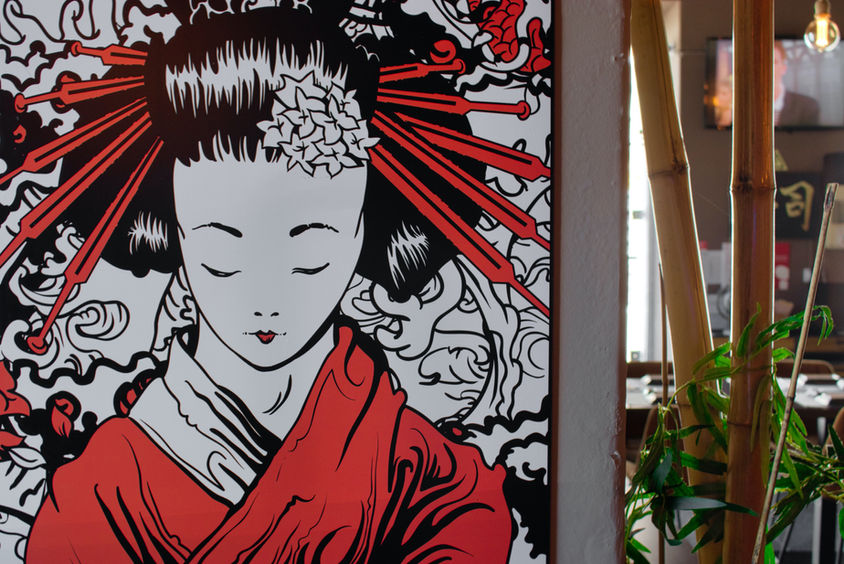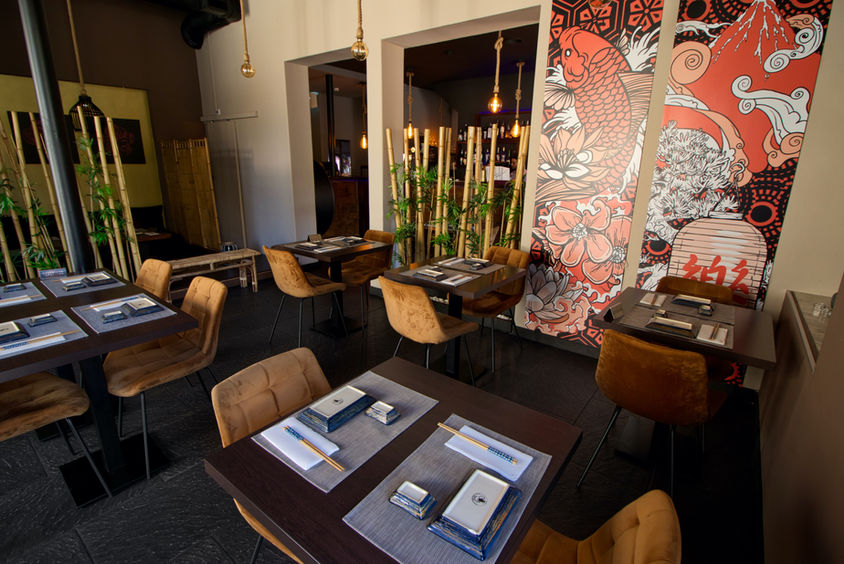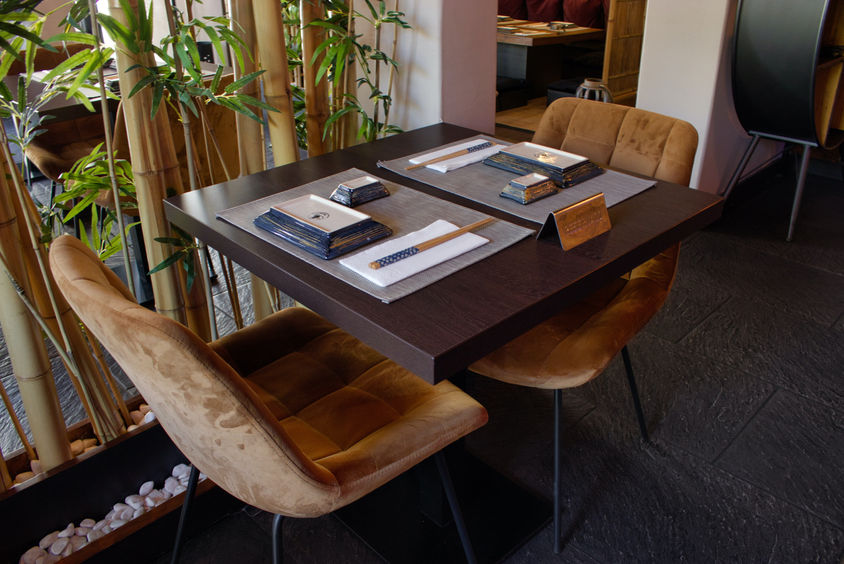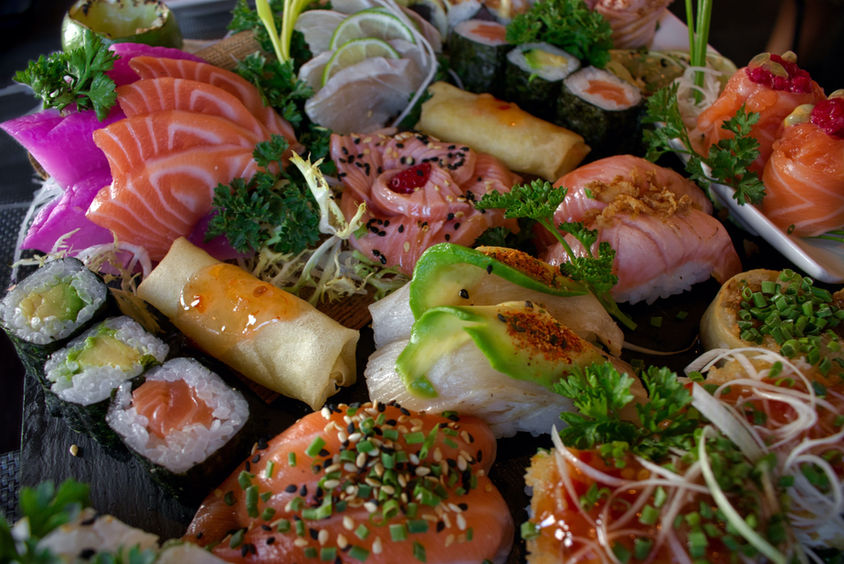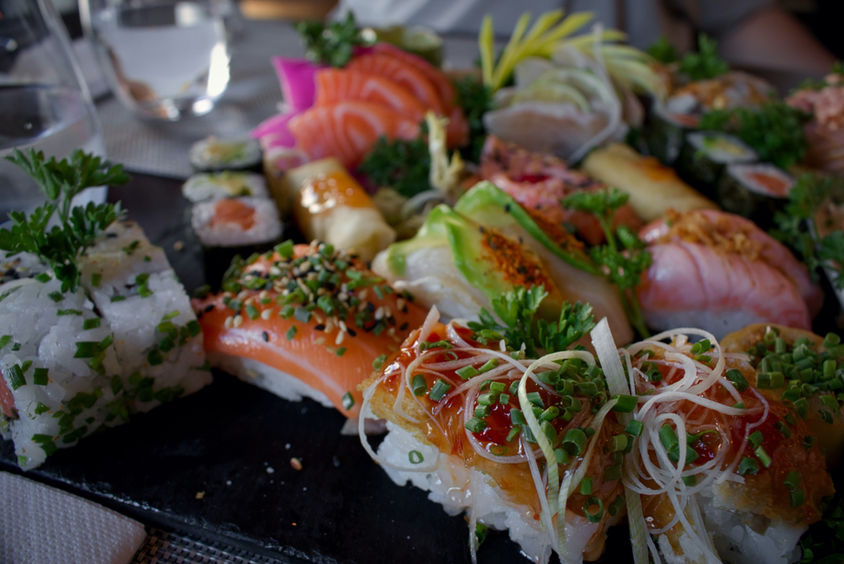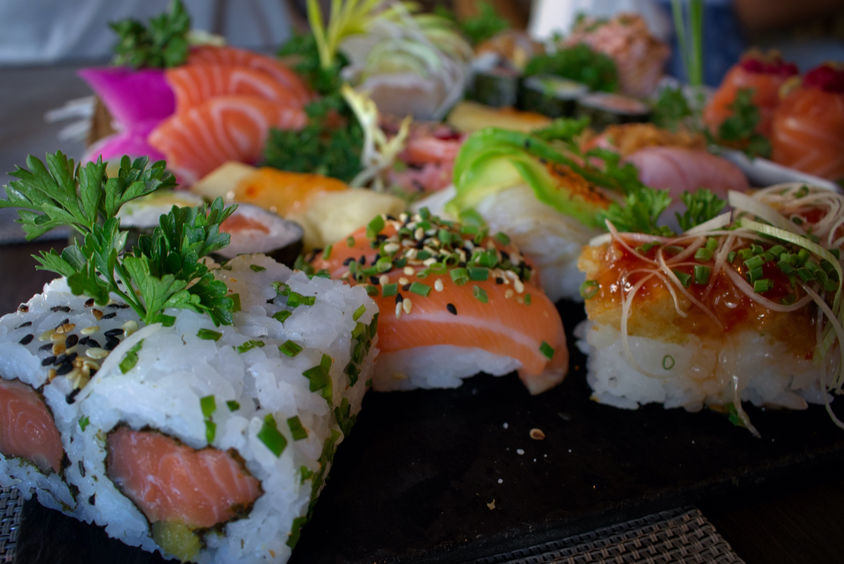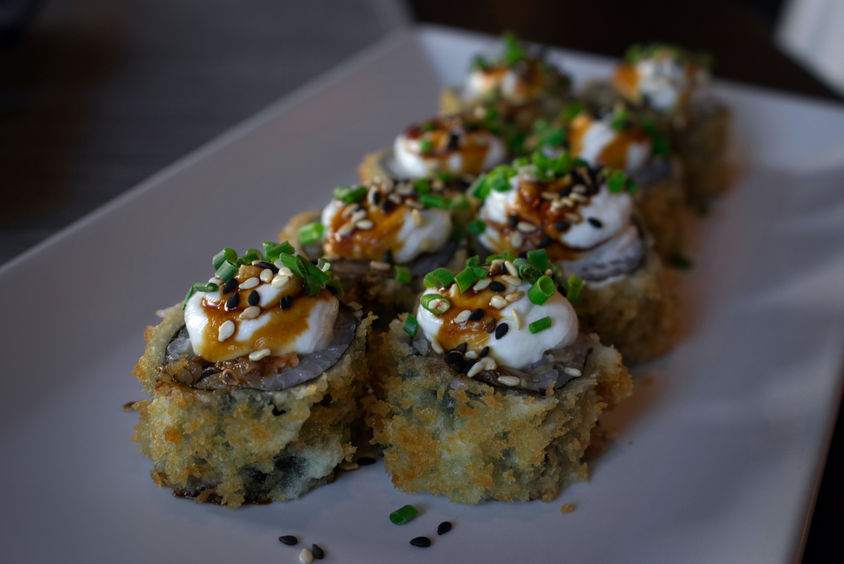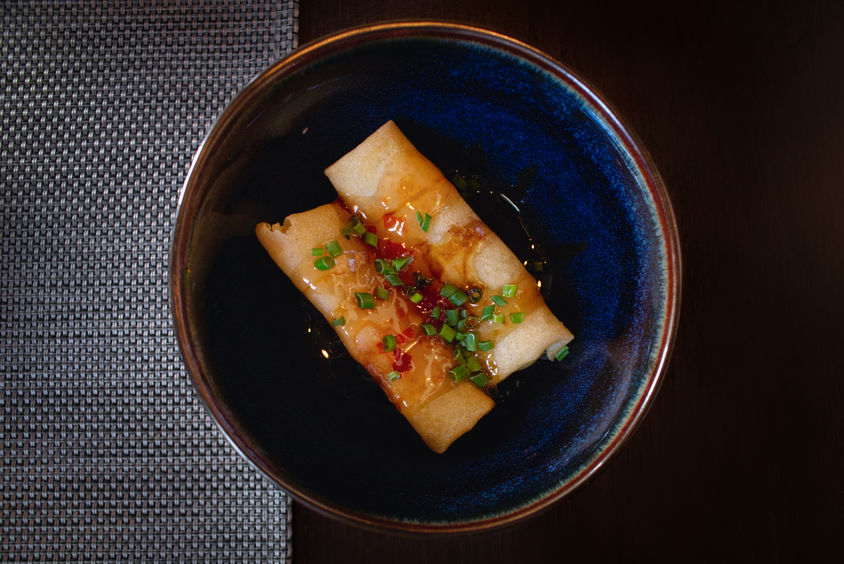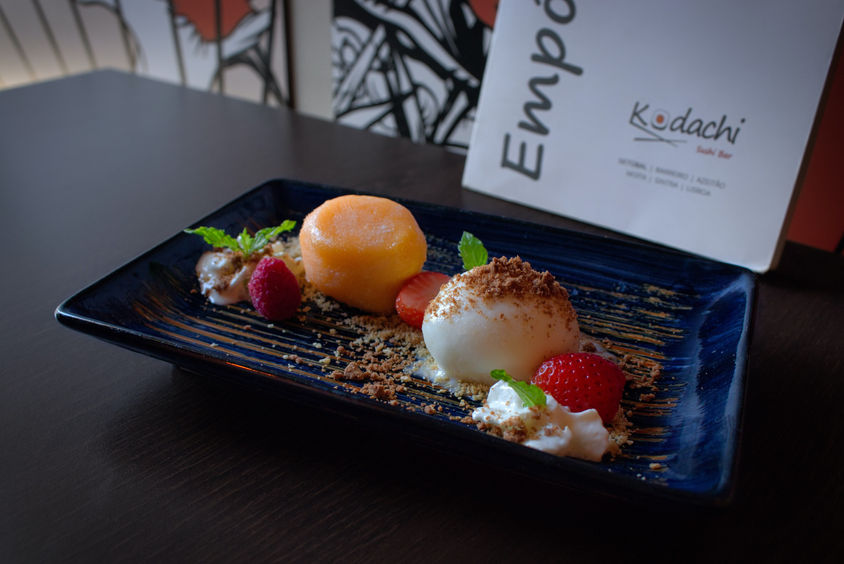Travel Blog
In this space, I inform the reader about my experiences during my trips and I name many interesting attractions for each place or region, so that the reader could go to the best restaurants, hotels and attractions suggested by me and, of course, at the best price.
Travel Blog
In this space, I inform the reader about my experiences during my trips and I name many interesting attractions for each place or region, so that the reader could go to the best restaurants, hotels and attractions suggested by me and, of course, at the best price.
Travel Blog
In this space, I inform the reader about my experiences during my trips and I name many interesting attractions for each place or region, so that the reader could go to the best restaurants, hotels and attractions suggested by me and, of course, at the best price.
Francisco Ferreira
February 2, 2020 • 9 minutes to read
Kodachi Setúbal: from Japan to Arrábida
In Setúbal, there’s much more than fried cuttlefish. In the middle of Luísa Todi Avenue, the restaurant Kodachi Setúbal provides a quick escape to another dimension. The restaurant’s name, spread by other restaurants equally belonging to Empório Sabores, was the same given to the second sword of the Samurai, in feudal Japan, intended for hand-to-hand fights. It is from that Japan that the traditional sushi comes, although sushi has already undergone several Western changes, such as the addition of cheese and sauces from other parts of the World, resulting in a very rich and varied fusion cuisine.
The space, clean and air-conditioned, has a very fashionable decoration, with modern design and Oriental motifs, contrasting with the outside 19th Century facade. Inside the building, an excellent mobile and wifi network is provided, which you would expect, once the restaurant is located in the city centre. In the avenue, there’s no free parking; however, you can park for free near the port, next to Dolphin Bay docks – it was what we did, since we’ve enjoyed a boat trip in the same morning.
Inside the restaurant
During a three-day trip to Serra da Arrábida, we decided to stop for lunch in Setúbal, experiencing the new Kodachi Setúbal. Since the first moment, we noticed a lot of sympathy and attention from all the staff, so we can rank the service as very qualified – we were welcomed by the manager (Mr Vítor Costa). After we sit at the table, we were gently and quickly served. They brought the appetizers for first: 8 tempura makis with cream cheese and sesame seeds, and 2 vegetable crepes, seasoned with sweet chili sauce, which I really liked, because of the variety of textures and flavours. A few minutes later, the waiter brought the main course: makis, nigiris and sashimi based on various types of fish (salmon, tuna and corvina) and on other food and condiments (nori seaweeds, passion fruit, lime, strawberry, raspberry, avocado, fried onion, chive, parsley, sesame seeds and sweet chili sauce).
The sushi pieces I recommend the most are the gunkans (maki without nori seaweeds and with ingredients on top) with salmon, passion fruit and raspberry, the tempura nigiris with sweet chili, chive and sesame seeds, and the salmon and corvina sashimi, accompanied by the succulent Japanese turnip. What fascinastes me the most about this cuisine is the chefs’ creativity when they use and cook the ingredients in different ways, like the salmon in gunkans that wraps the rice, replacing nori seaweeds. Sometimes, the chef toasts subtly the salmon, contradicting the usual stereotype of raw fish. During the whole meal, we could enjoy the taste of ginger (without dyes) and wasabi (paste from Japan, whose green pigmentation is caused by the plant wasabia japonica, with a very strong and spicy flavour). I also found it curious that there was a lime – I mean, a lime peel, as the pulp had been removed – with alcohol on fire inside, which caused a beautiful visual effect. But be careful! Don’t try it! I dipped my chopstick in that liquid and I could verify it was really ethyl alcohol. After this pleasant meal, we were already satisfied, but we still decided to enjoy a dessert. Without delay, the waiter brought us two scoops of ice cream, coconut and mango flavoured, accompanied by strawberry, raspberry, mint and chopped cracker. The difference between this ice cream and the Western ice cream – that is, the one we can buy and taste everyday – is that the mango flavoured ball was wrapped in mochi (a Japanese dough made from rice, which can also be enjoyed in bonbons or cupcakes). If you don’t like mango and coconut, don’t worry: there are other flavours, like sesame seeds or green tea. It’s a delicious dessert, once it is refreshing, tasty and varied, and it isn’t nauseating, due to the lightness of flavours. To drink, you can choose from a wide variety, from water to sakes and sapporos (alcoholic beverages).
Meal (appetizer, main dish and dessert)
When we finished the meal, we went to the counter to find out more about the restaurant and the food we had just tasted. After talking to the manager (Mrs Vera Teles), we had still time for socializing with the chef and employees and for taking some photographs of the restaurant. We also found out that, beyond this restaurant in Setúbal, there are still other restaurants from Empório Sabores in Barreiro – where the headquarters are located –, in Azeitão – where you can choose between rodízio and buffet –, in Moita – where you can appreciate hot dishes, like fried cuttlefish and tenderloin – and in Sintra, and they are already thinking about opening a new restaurant, at Luz area, in Lisbon. According to Mrs Vera Teles, Setúbal, Sintra and Azeitão restaurants are more suitable for sushi lovers, to avoid the mixture of smells that we can feel in Barreiro and Moita. In Setúbal, they’re planning to open a 20-seat esplanade, so the customers can enjoy the meals outdoors.
The kind of sushi we can taste in these restaurants isn’t even close to the original sushi from the traditional Japan – and this is not necessarily a negative aspect. According to what we know and what history tells us, ginger wasn’t neither an appetizer nor an additional flavour (as it is today), but it was used to clean the palate before starting to eat a different type of fish. We also know that the confection was completely different from today’s: Japanese cookers used to bury the fish in a huge amount of rice and wait until it was fermented. Lastly, they used to prepare the fish, but the rice was thrown away.


The Chef
There, the meals aren’t cheap at all, but the quality-price ratio is fair and deserved, since that, in the kitchen, there are many people who prepare the food thoroughly so that everything is perfect: the taste, the texture and, finally, the plating. It’s the place for lovers of good Japanese fusion cuisine.
Summing up:
• Price: 20€/person (estimate)
• Timetable: Tuesday to Saturday (12pm - 3pm / 7pm - 11pm); Sunday (12:30pm - 3:30pm)
• Take-away: yes
• Payment methods: Visa, Mastercard and ATM
• Contacts: 265 417 117 / geral@emporiosabores.pt
• Location: Kodachi Setúbal
To find out more about the restaurant, click here.
Useful Informations:
• Medium temperature: 14ºC (Winter) and 30ºC (Summer)
• Nearby localities: Lisboa, Almada, Montijo, Alcácer do Sal, Montemor-o-Novo
Take a look on my Serra da Arrábida Photo Album and on the following video, which shows briefly the delicious meal I could taste in this restaurant.
Images: Francisco Ferreira (PhotosOfEurope)
